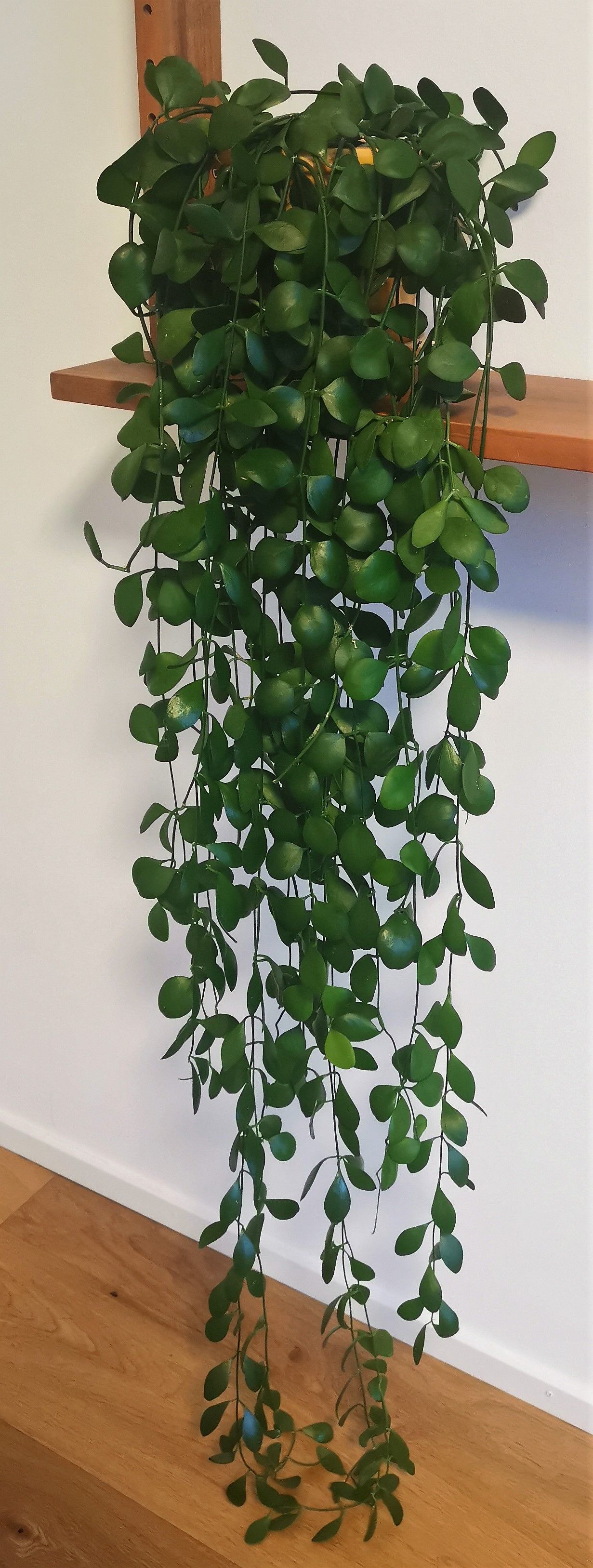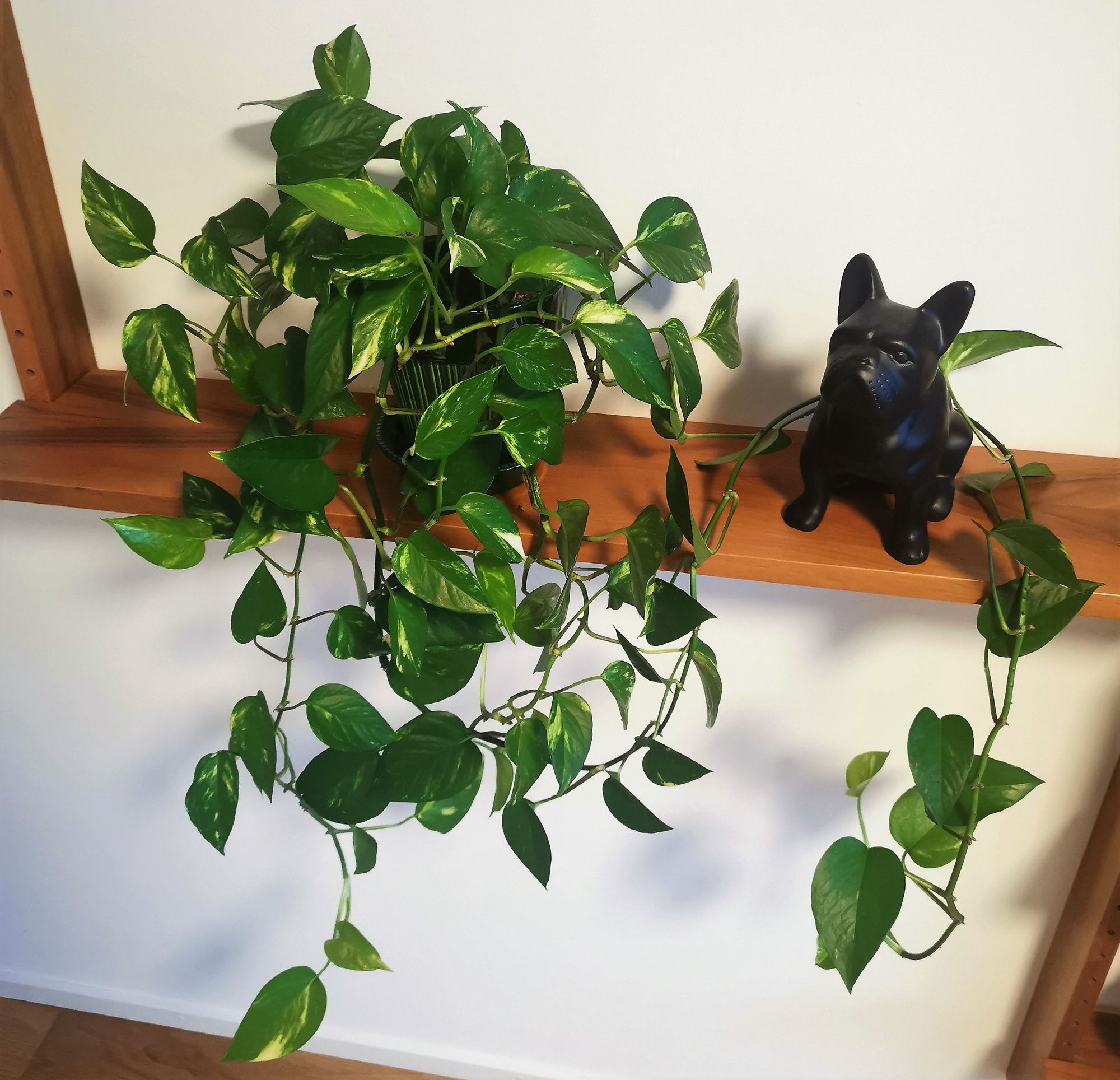House Plants
Owning and caring for plants is a newfound hobby that only started a few years ago. I never really cared for plants before, but can't really imagine living without them now. However, it's really been a learning experience with its ups and downs (killing your first plant could be quite a saddening experience). That's why I want to put the things I've learned down in writing so I can refer to it again later on.
Plant Care
The information below is combination from different sources. I'm so grateful for family and friends that gave tips on how to take care of our plants. But I also want to highlight these sources:
- Pflanzerei Zürich (the best plant shop in Zurich)
- The Encyclopedia of Gardening
Positioning
This is the most exciting time you'll experience with your plant. You think that you found the perfect plant for the still empty corner at home, but you'll still need to check how much light the plant needs. Some plants cannot stand direct sunlight, while others actually need it. I always check with the experts at my local plant shop whether the plant would thrive at the location I have in mind.
Watering
If you have several plants at home, watering them will be your new ritual. There is one trick that I always follow: sticking your index finger into the soil. If some soil sticks to your finger when you pull it out, then the soil is still moist and doesn't need watering. With indoor plants, this is usually once a week in the growing phase (March - October) and once every fortnight in winter (November - February). However, you'll need to give cacti and succulents longer dry periods, which means you'd need to water once a month in the growing phase and none at all in winter. Also, it's important to mix water with liquid universal fertilizer during the growth phase to ensure that the plants get all the nutrients they need.
If you have outdoor potted plants, they would need daily watering in the summer months. But please make sure to water outdoor plants either before sunrise or after sunset, as water droplets on the leaves would focus sunlight and might burn the leaves. Weather also plays an important role for outdoor plants, since it doesn't need additional watering during rainy weather. If you mix solid slow-release fertilizer with the soil for outdoor plants, you won't need to mix any other type of fertilizer while watering the plants.
Grooming
Your plants would also need grooming to help them grow and look their best. Dead leaves should be removed as soon as possible as they might carry diseases or pests. If you see any dust buildup on the leaves, remove them to ensure that the leaf pores are not blocked. Plants with glossy leaves should even be polished from time to time to show their shine (at best use a cloth damped with beer, since unfiltered tap water might leave chalk deposits on the leaves). Outdoor plants also need pruning either at the start of spring or the end of autumn.
Repotting
Once your plant becomes too big for its container, it's time for repotting. For indoor plants, you could usually tell it's time by checking the bottom of the pot and see if the plant is root-bound. But, this could be the most anxiety-inducing activity you would do with your plant, as it might stunt the growth of your plant or even kill it if done wrong. So these are the steps I follow to avoid hurting the plant:
- only repot during the start of the growing phase (March - April)
- water the soil one hour before repotting
- put the pot on its side and remove the plant together with the soil
- remove one-third of the old soil and cut the roots 1-2cm back (don't be too aggressive with this step)
- place the plant within the new pot at the height you desire (while still holding it in the air), and start filling in new soil from the sides
Be sure to ask the experts at the local plant shop for the type of soil that would match your plant. Water the repotted plant without fertilizer for a few weeks to encourage root growth.
For outdoor plants, it's also recommended to mix the soil with solid slow-release fertilizer. But it's not a one-time fix. The top 5-10 cm of the soil should be replaced every year while adding new slow-release fertilizer even when the outdoor plant is not repotted to ensure that the plant gets enough nutrients from the soil.
Plant Gallery
These are the plants we have at home:
Floor Plants
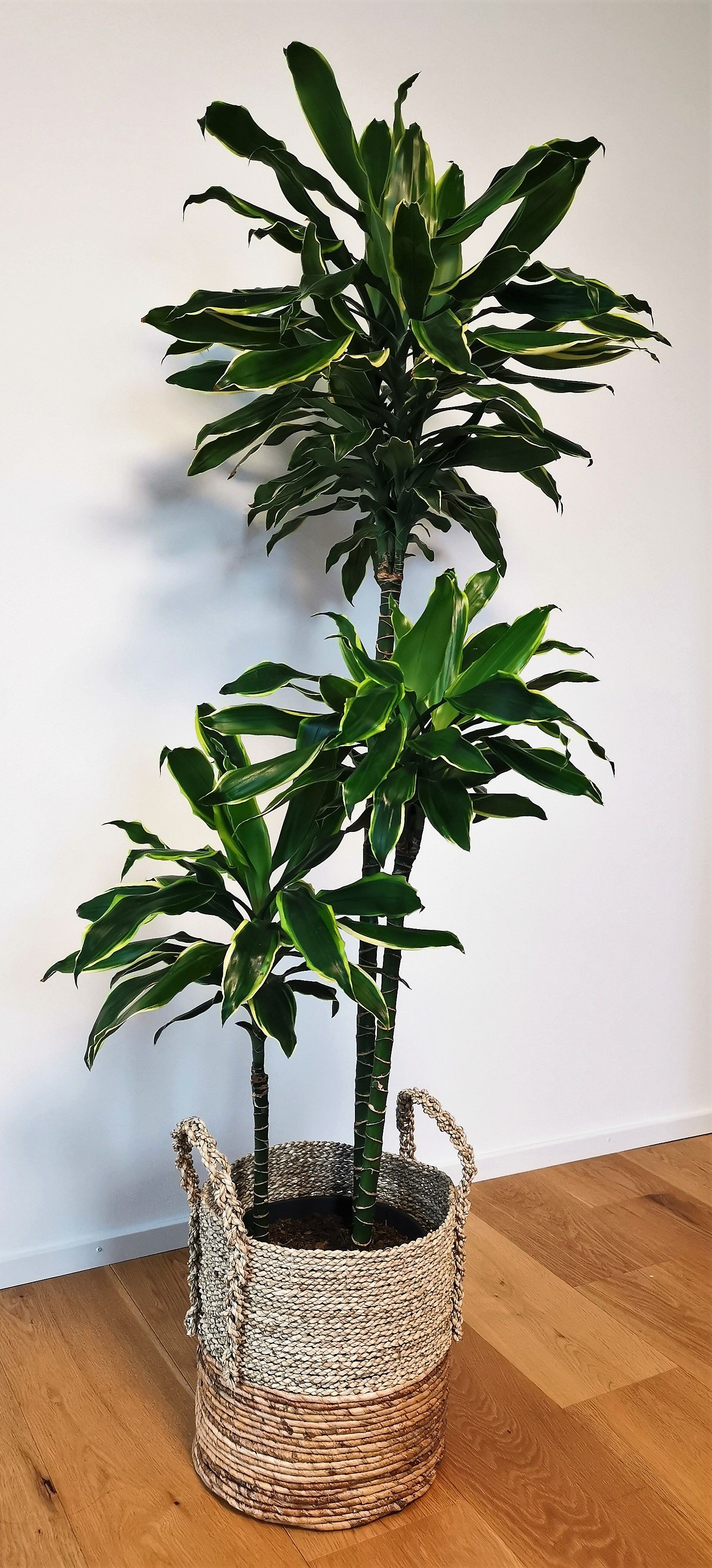
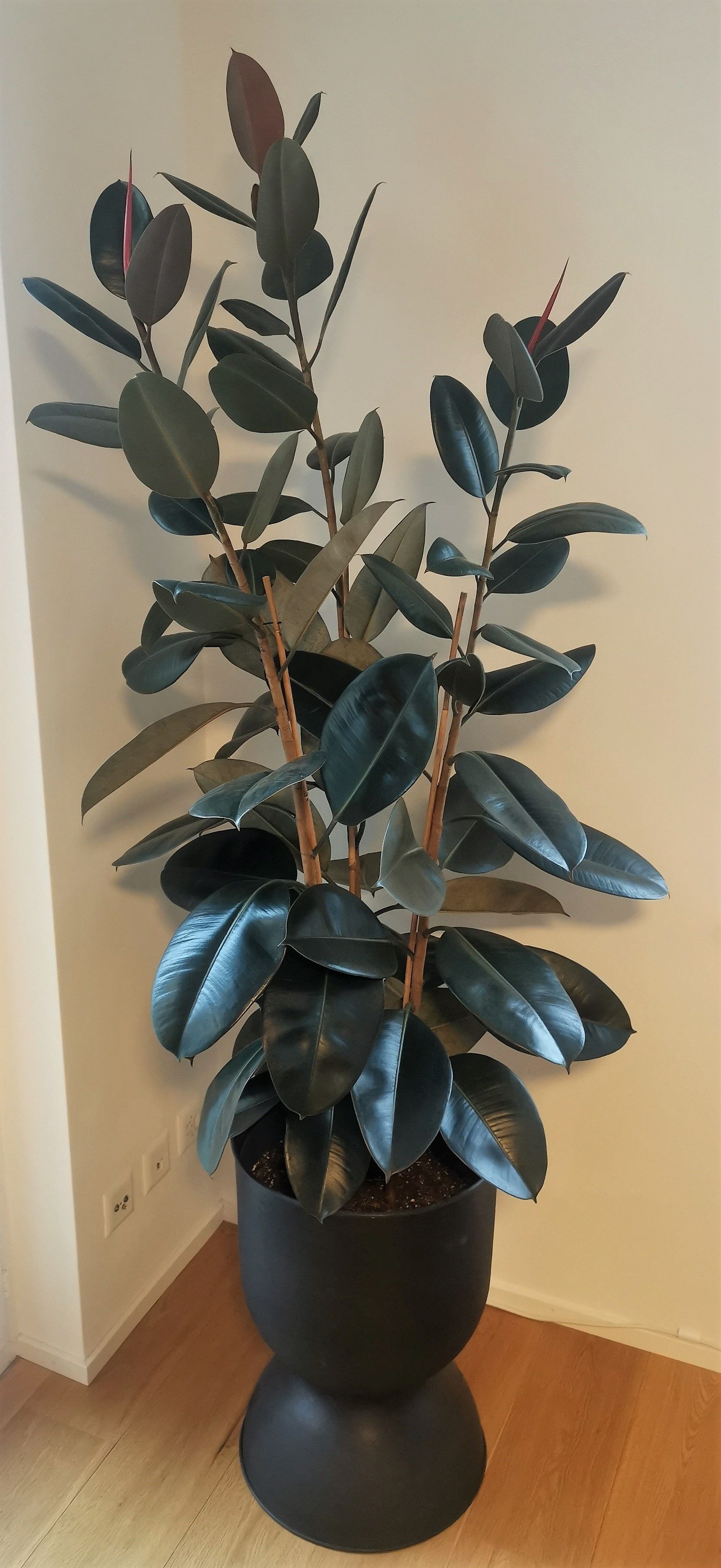
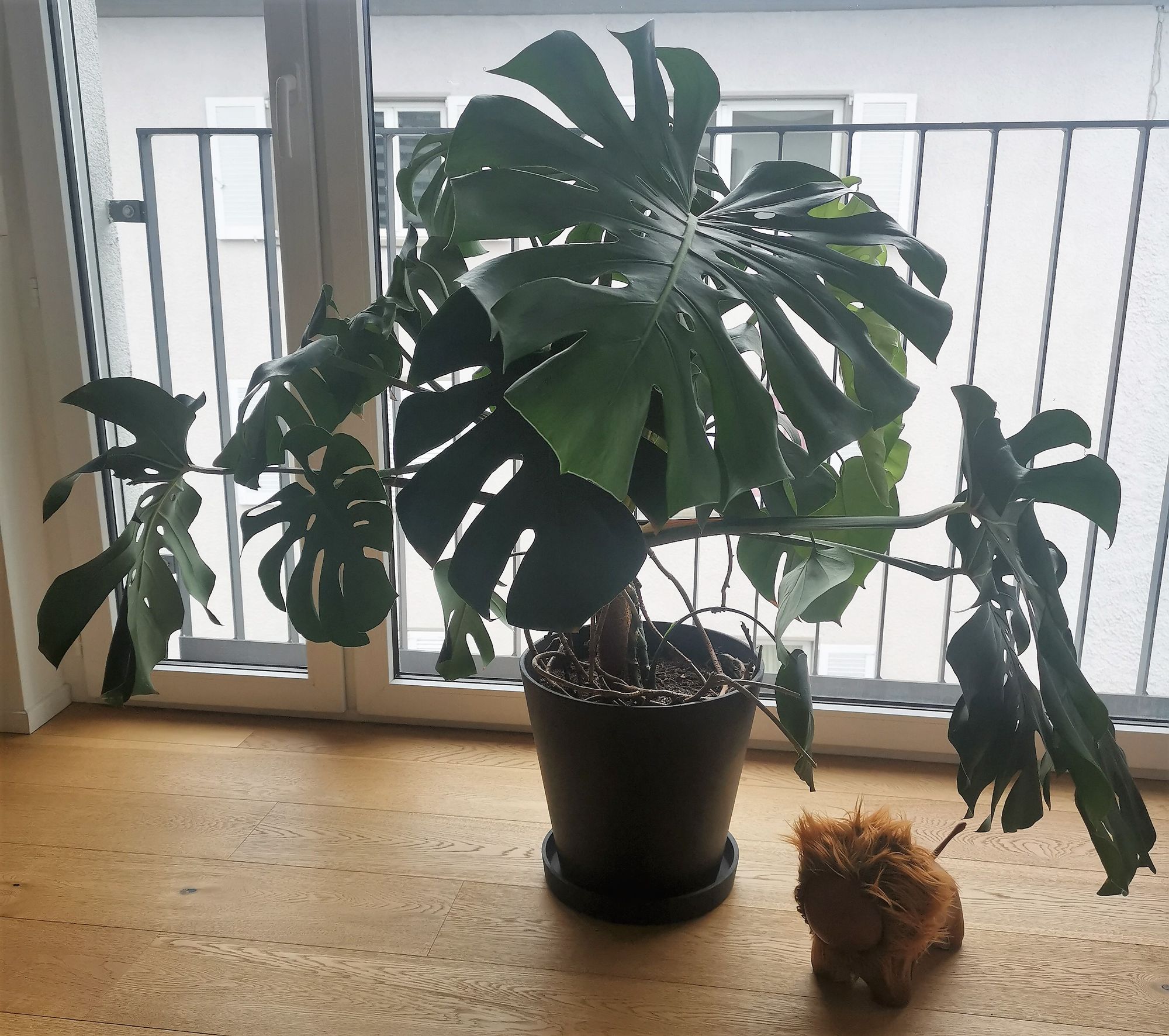
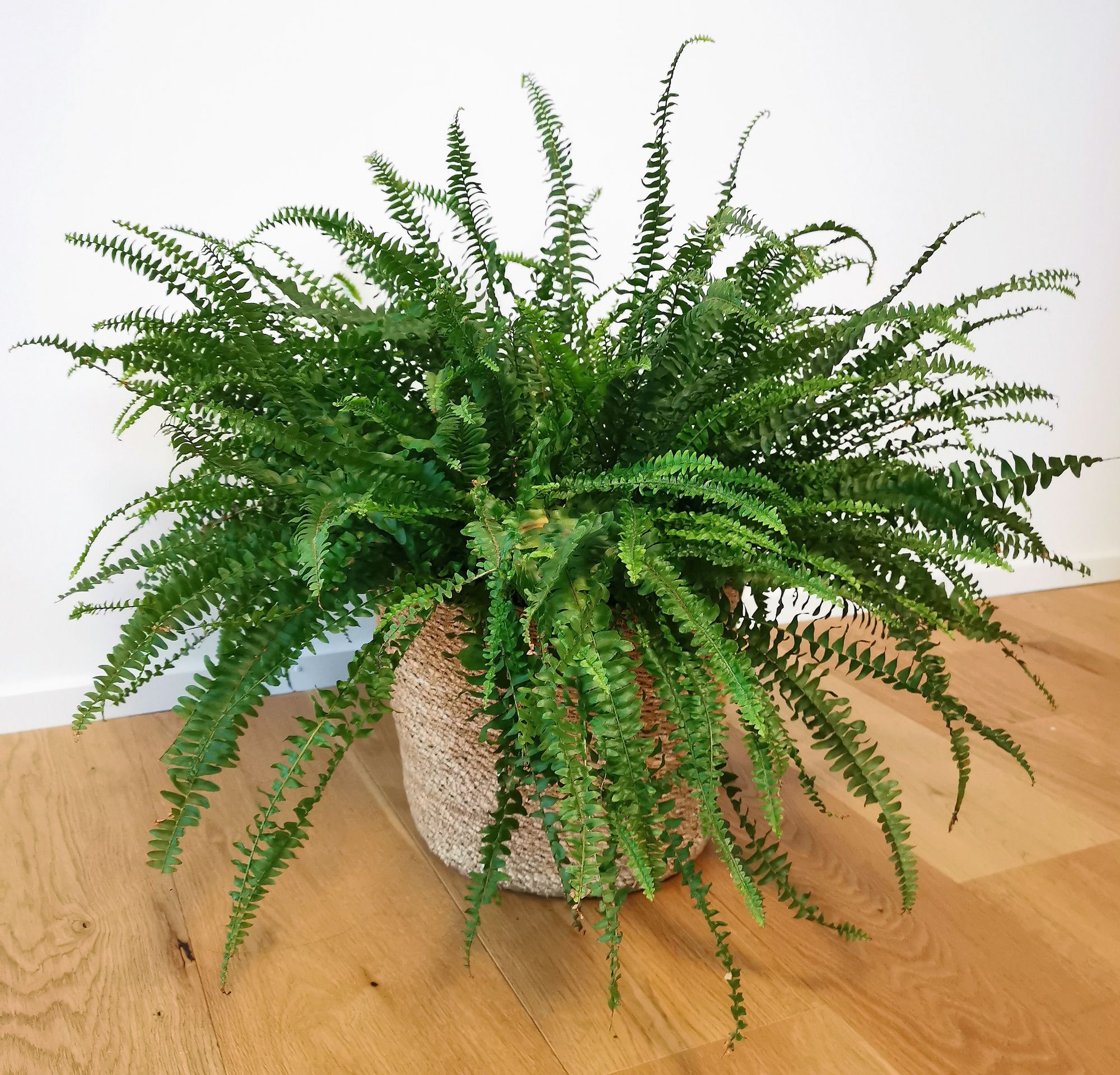
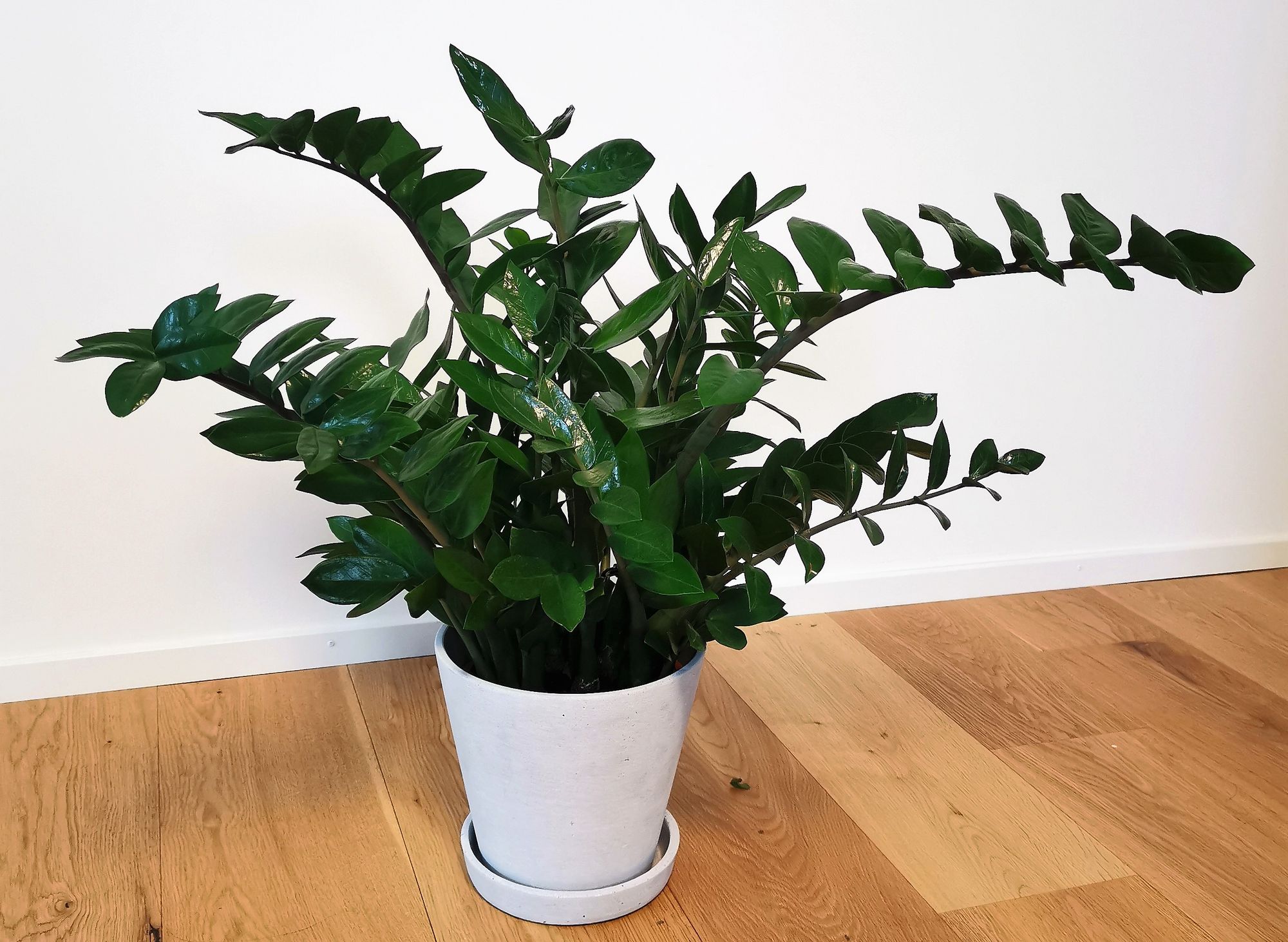
Tabletop Plants
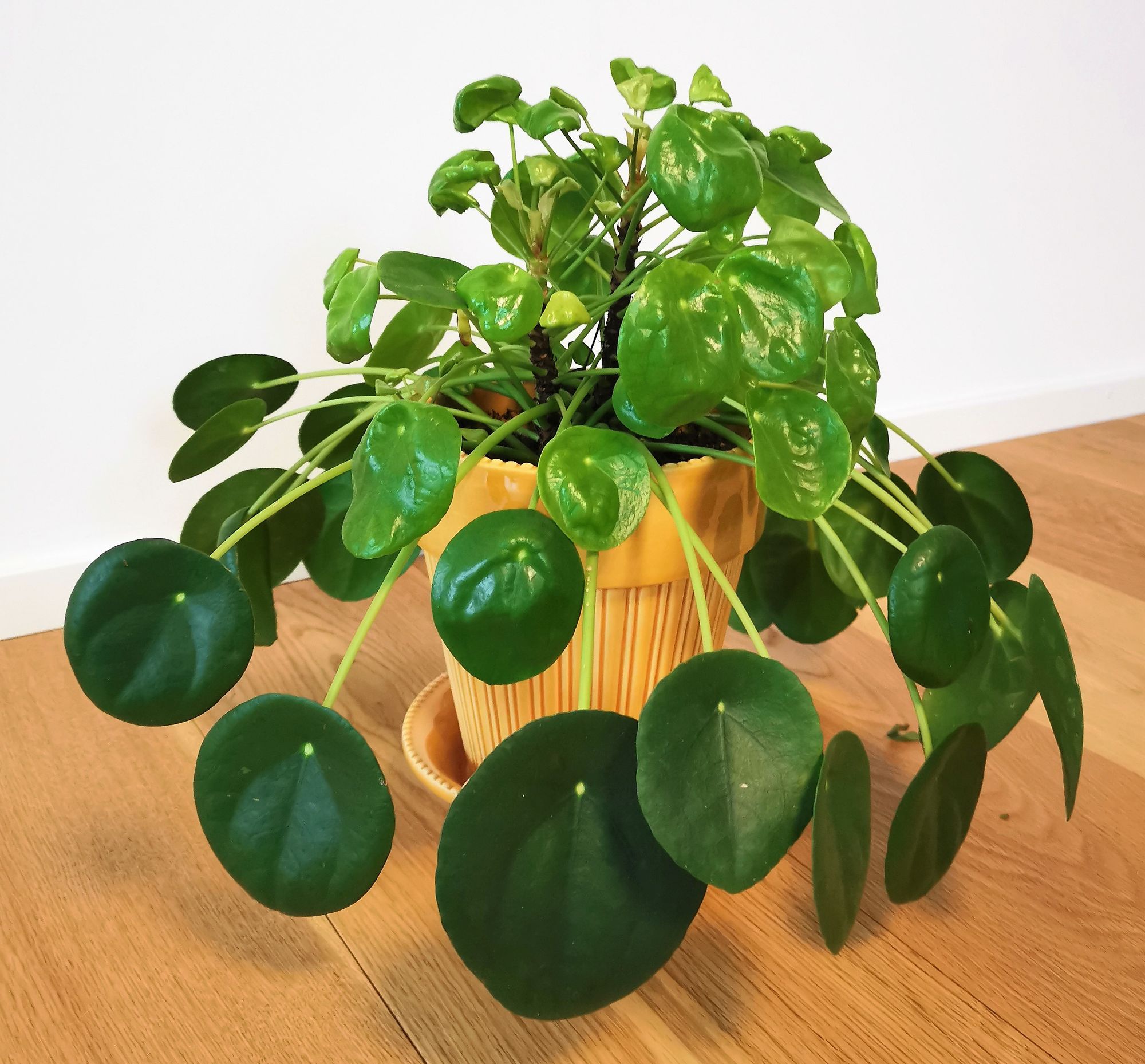
Hanging Plants
